DITOMECIOUS EARTH
Price 280 USD ($)/ Ton
DITOMECIOUS EARTH Specification
- Type
- NIL
- Main Ingredient
- SILICA , CALCIUM , MAGNESIOUM , IRON, MOISTURE
- Variety
- other
- Physical Form
- Powder
- Texture
- Dried
- Fragrance
- No Smell
- Grade
- FEED
- Suitable For
- Cattle
- Color
- CREAMISH
- Protein (%)
- NIL
- Moisture (%)
- 8-10
- Ash %
- 8.22
- Function
- other
- Application
- Other
- Dosage
- other
- Efficacy
- Feed Preservatives
- Disease prevention
- Other
- Shelf Life
- 6 Years
- lysine
- NO
- Calcium
- 5.88
- Fiber
- NO
- Fat
- NO
- Vitamin A
- NIL
- Vitamin D
- NIL
- Vitamin E
- NIL
- Manganese
- 2.5 Percentage ( % )
- Zinc
- NIL
- copper
- NIL
- Iron
- 4.5 Percentage ( % )
- Iodine
- NIL
DITOMECIOUS EARTH Trade Information
- Minimum Order Quantity
- 15 Metric Tons
- FOB Port
- MUNDRA
- Payment Terms
- Telegraphic Transfer (T/T)
- Supply Ability
- 300 Metric Tons Per Month
- Delivery Time
- 3 Week
- Sample Available
- Yes
- Sample Policy
- Free samples available with shipping and taxes paid by the buyer
- Packaging Details
- 25 KG PAPER BAG & 600 MT JUMBO PACKING
- Main Export Market(s)
- Asia, Australia, Central America, North America, South America, Eastern Europe, Western Europe
- Main Domestic Market
- All India
- Certifications
- ISO, HACCP , FAMIQS ,
About DITOMECIOUS EARTH
Insect Control: Diatomaceous earthis known for its insecticidal properties. It contains sharp, microscopic edgesthat can damage the exoskeletons of insects, causing dehydration and ultimatelyleading to their demise. Adding diatomaceous earth to cattle feed can helpcontrol internal parasites, such as worms, in the digestive system of theanimals.
i Anti-Caking Agent:Similar to crystalline silica, diatomaceous earth can act as an anti-cakingagent in cattle feed. It helps prevent the formation of clumps and ensures aconsistent mixture of feed ingredients. This is particularly important formaintaining the quality of pelleted or powdered feeds.
i Moisture Control:Diatomaceous earth has absorbent properties that can help control moisture infeed. By absorbing excess moisture, it aids in preventing the growth of moldand other microorganisms in stored feed, contributing to its overall stabilityand shelf life.
i Nutrient Absorption:While diatomaceous earth itself does not provide significant nutritional value,it may have the capacity to absorb certain toxins or undesirable substances inthe digestive tract, potentially promoting digestive health in cattle.
It's important to note that the use of diatomaceous earth in cattlefeed should adhere to regulatory guidelines, and the quantity added to the feedshould be carefully controlled. Additionally, the specific type of diatomaceousearth used and its source should be considered to ensure its purity andeffectiveness.
Consulting with a veterinarian or animal nutritionist is advisablebefore incorporating diatomaceous earth into cattle feed to ensure that italigns with the nutritional needs of the cattle and does not interfere with theoverall balance of their diet. As with any feed additive, responsible andinformed use is key to maximizing benefits and minimizing potential risks.
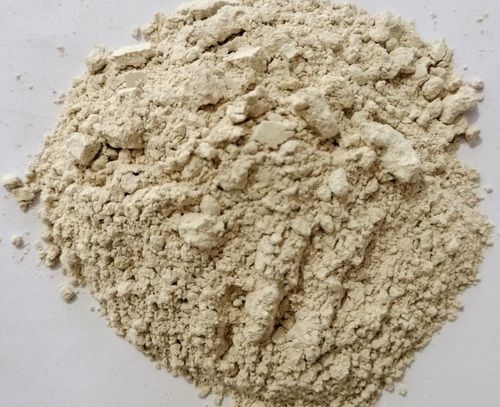
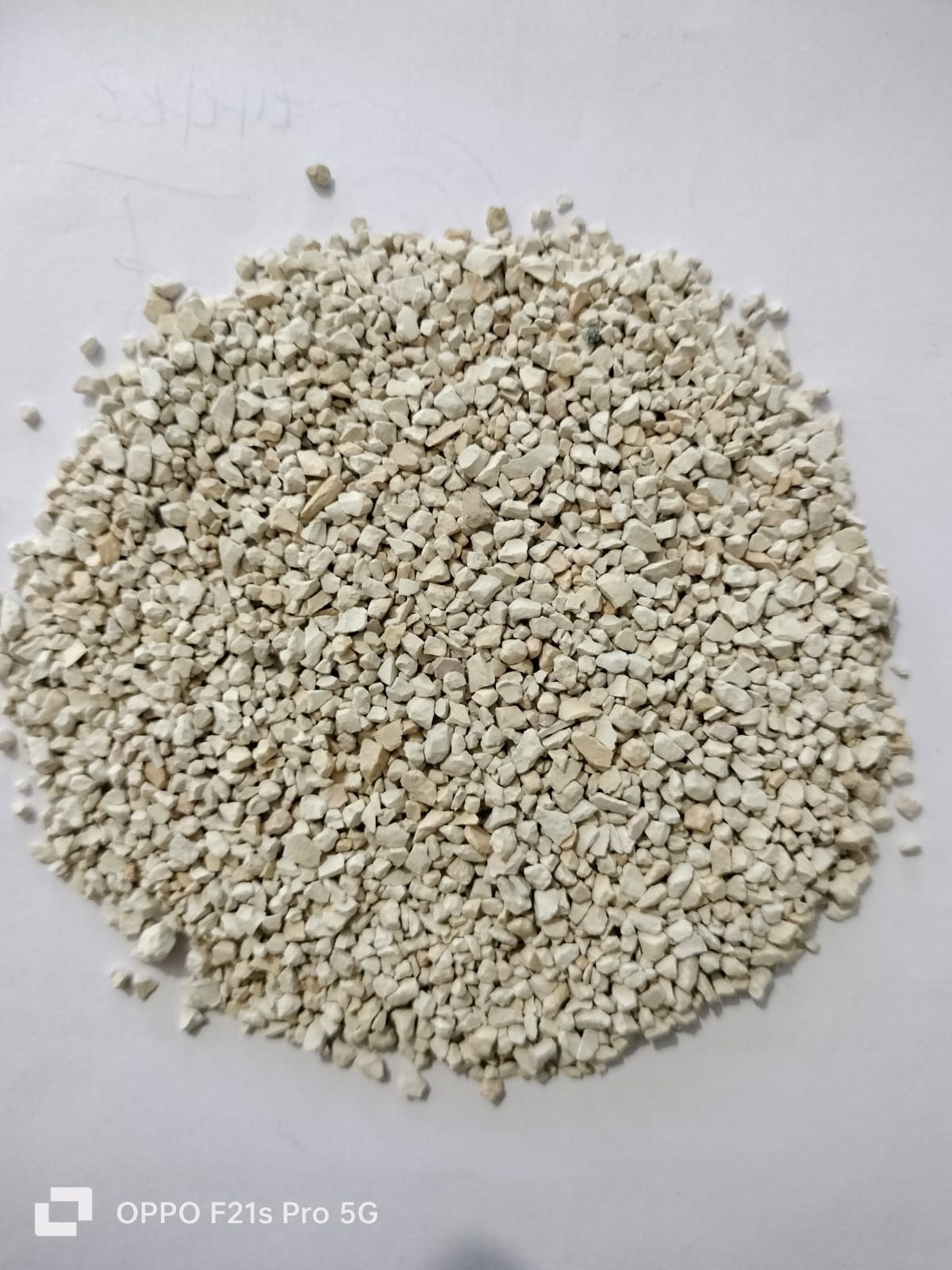
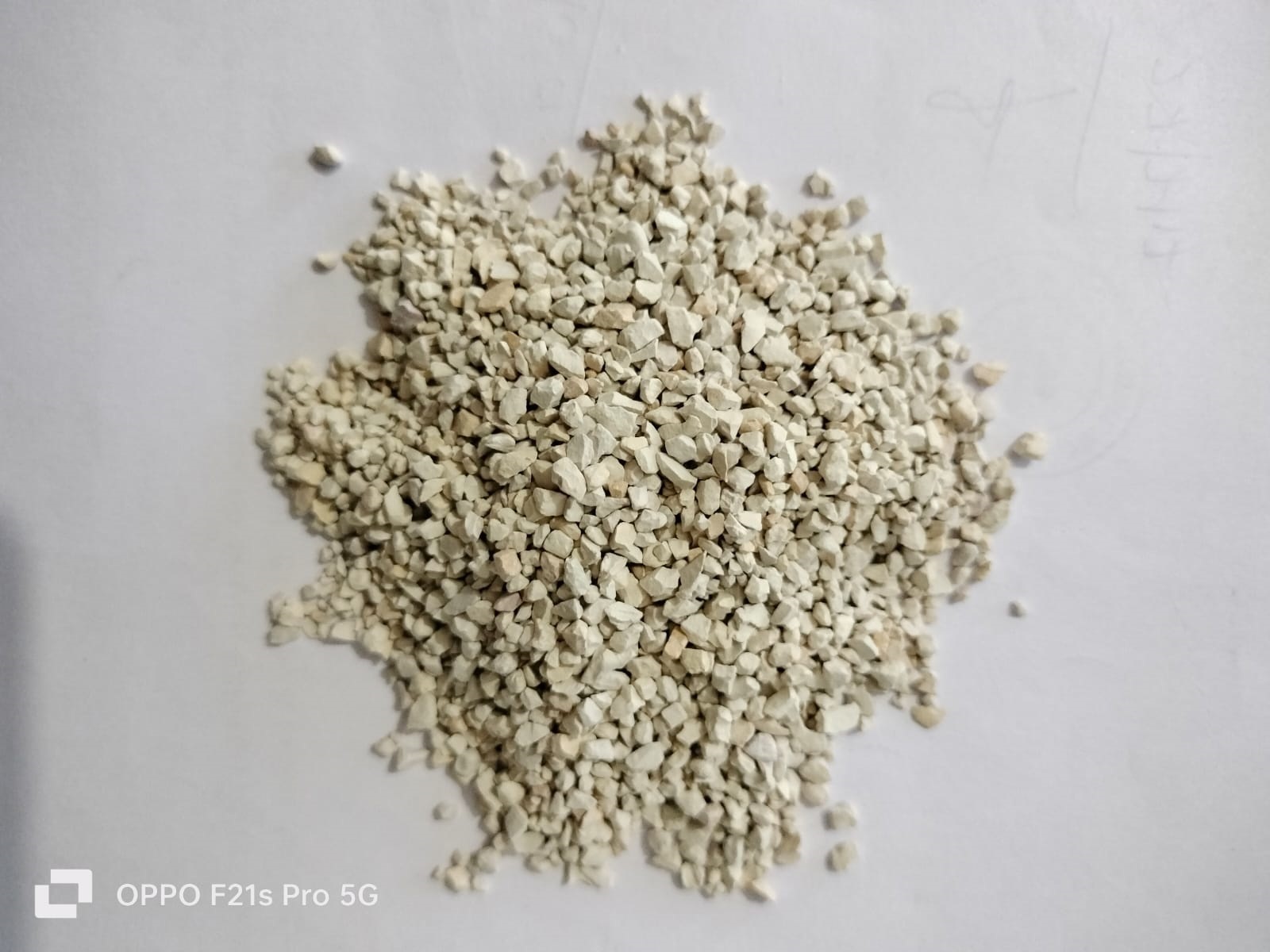
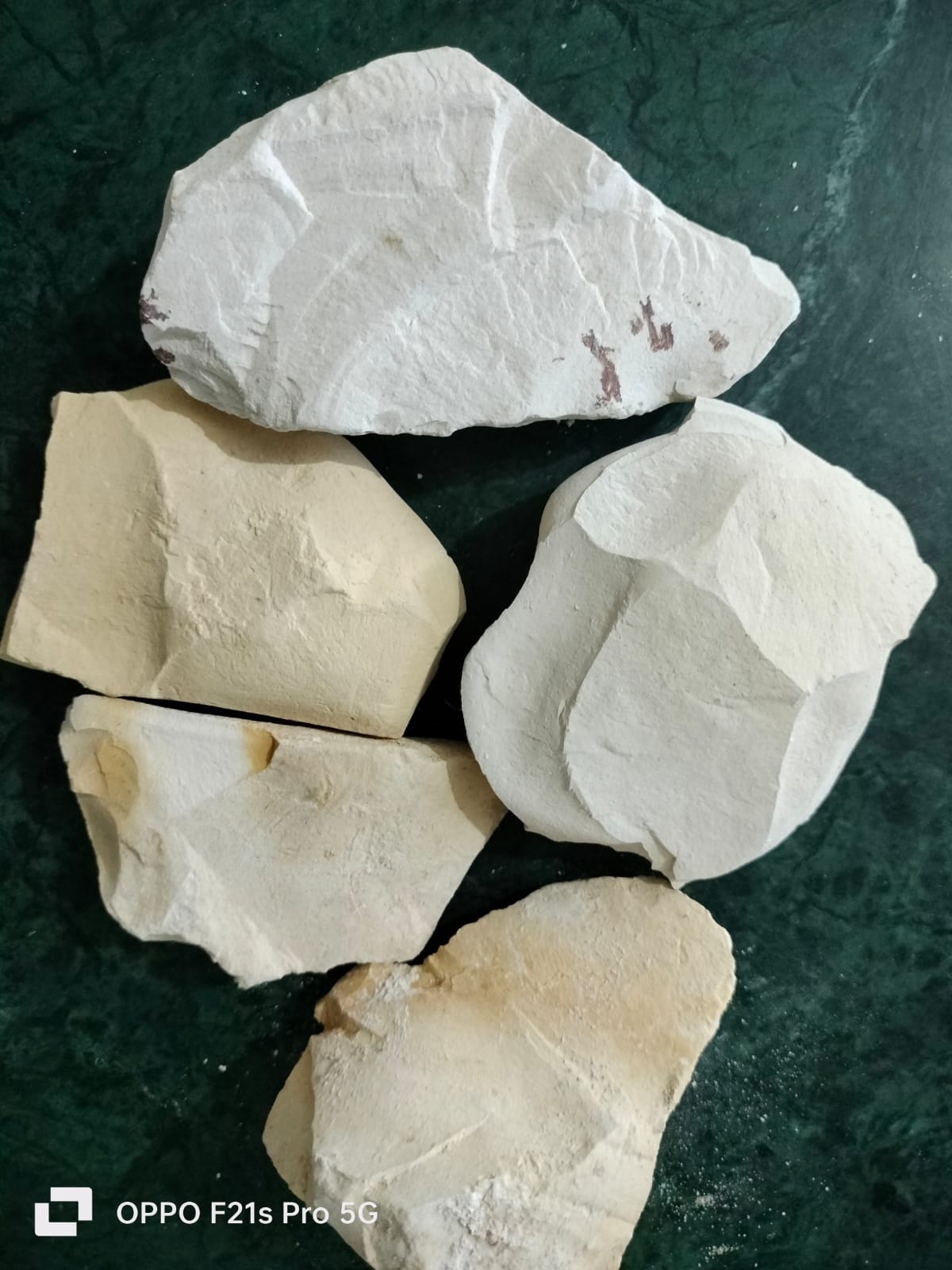
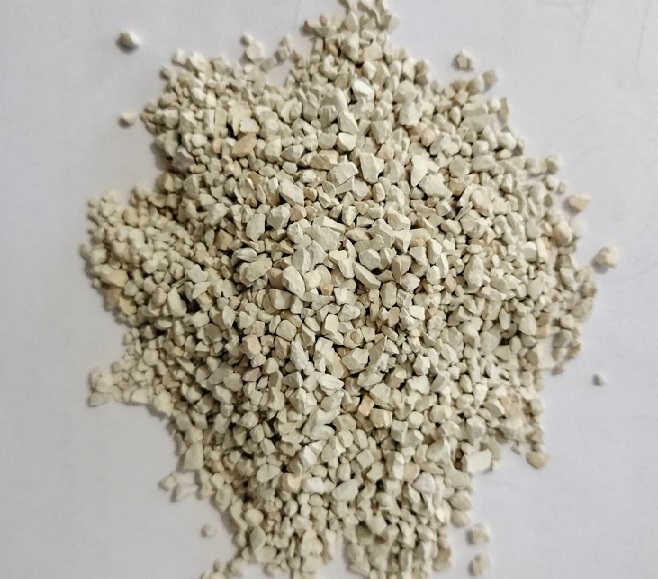

Price:
- 50
- 100
- 200
- 250
- 500
- 1000+
More Products in Cattle Feed Supplements Category
TALC POWDER
Price 180 USD ($) / Metric Ton
Minimum Order Quantity : 20
Fiber : NIL
Fragrance : No Smell
Physical Form : Powder
Shelf Life : 5 Years

 Send Inquiry
Send Inquiry
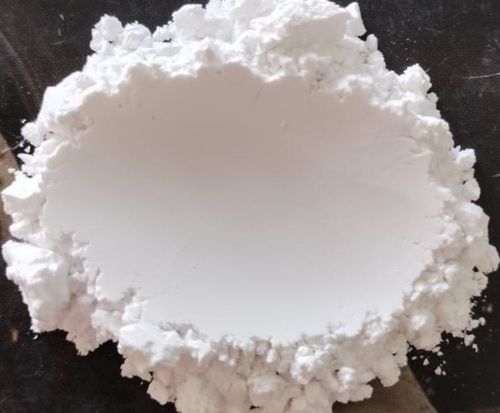


 Send Inquiry
Send Inquiry Send SMS
Send SMS